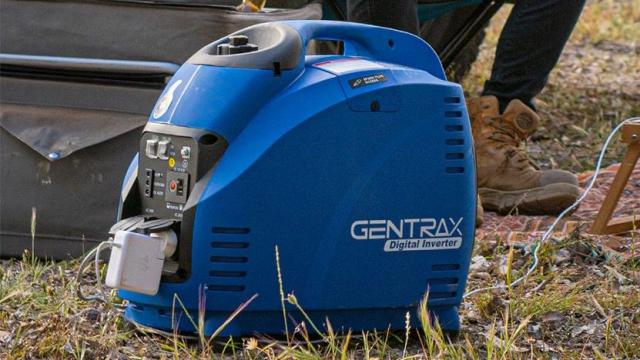When the energy shortage was announced, many of us began to fear whether we’d be among those left without electricity in our homes. Suddenly, everyday things we take for granted such as keeping our refrigerator running, using the microwave and turning on the lights were in danger. So, if you’re worried about a power outage affecting your home, why not consider a portable generator?
While there are some people who already own a portable generator, there’s been an increase in sales since the energy crisis was announced. According to a tweet by eBay Australia, the sales have increased by 300%. Understandably, many are concerned that their households could be hit next and have prepared accordingly.
Of course, a portable generator isn’t just limited to keeping your fridge going during electrical outages. You can also take one with you camping, use one to charge an electric vehicle or power essential medical equipment at home.
Unless you’re an electrician, you might not know a whole lot about generators and which one is right for you. From diesel to petrol and solar-powered generators, we’ve decided to break down the important things you need to know before selecting a portable generator for your home.
What is a portable generator?

A generator is a device that, quite simply, produces electricity. It works by converting mechanical energy from an external output into electrical energy, which can then be used as a secondary power source.
There are typically two types of generators: standby and portable. A standby generator is ideal for powering large structures, such as a business or a home, while a portable generator can keep four to six appliances and electronic devices running, which should allow for any brief outages.
It’s important to keep in mind that generators aren’t meant to act as a long-term solution to power woes, and realistically can only hold enough energy to power homes for between seven to nine hours on average.
We don’t imagine many will need, nor want, a standby generator. After all, they tend to be huge, expensive, difficult to maintain and require annual servicing. If you’re considering getting one, we recommend grabbing a portable one since it’s easier to carry and store while also being less expensive than a standby one.
What to look for when investing in a portable generator

Before purchasing a portable generator, the first thing you need to consider is how much power you’re going to need for your home. Generators are typically sold by output, which is measured in watts. The more power you need, the higher wattage you’ll want to look out for.
If you’re in the middle of a power outage, it’s better to concentrate on what you need than concern yourself with powering the whole house. For instance, your fridge is the most obvious appliance that will need power, since it’ll prevent your food from spoiling. A fridge tends to run at 700 watts, not including the start-up watts, which you’ll want to keep in mind if you have other appliances you want to run. Those who require medical equipment will also want those devices to be front of mind.
There are usually three sizes when it comes to portable generators: small, which maxes out at 2,000 watts; medium, which can produce between 2,500 and 4,000 watts; and large, which can generate 5,000 watts or more.
Next, you’ll need to think about what type of portable generator you want, based on what type of fuel you’d like to run it with. These days, most of the generators you’ll see on the market are inverters, which run on petrol. These types of portable generators are quiet, produce less emissions and feature sophisticated exhaust systems. Unlike other generators, an inverter adjusts its engine speed based on the demand. This means it’s more likely to last longer and conserve fuel, but the more appliances you attempt to power the harder it’ll work.
Inverters are also great options when boating or camping since power can be stored on it. But they typically have a lower power output and can’t keep as many appliances running as you’d probably hope. But it should be fine running an electric stove and charging everybody’s smartphones.
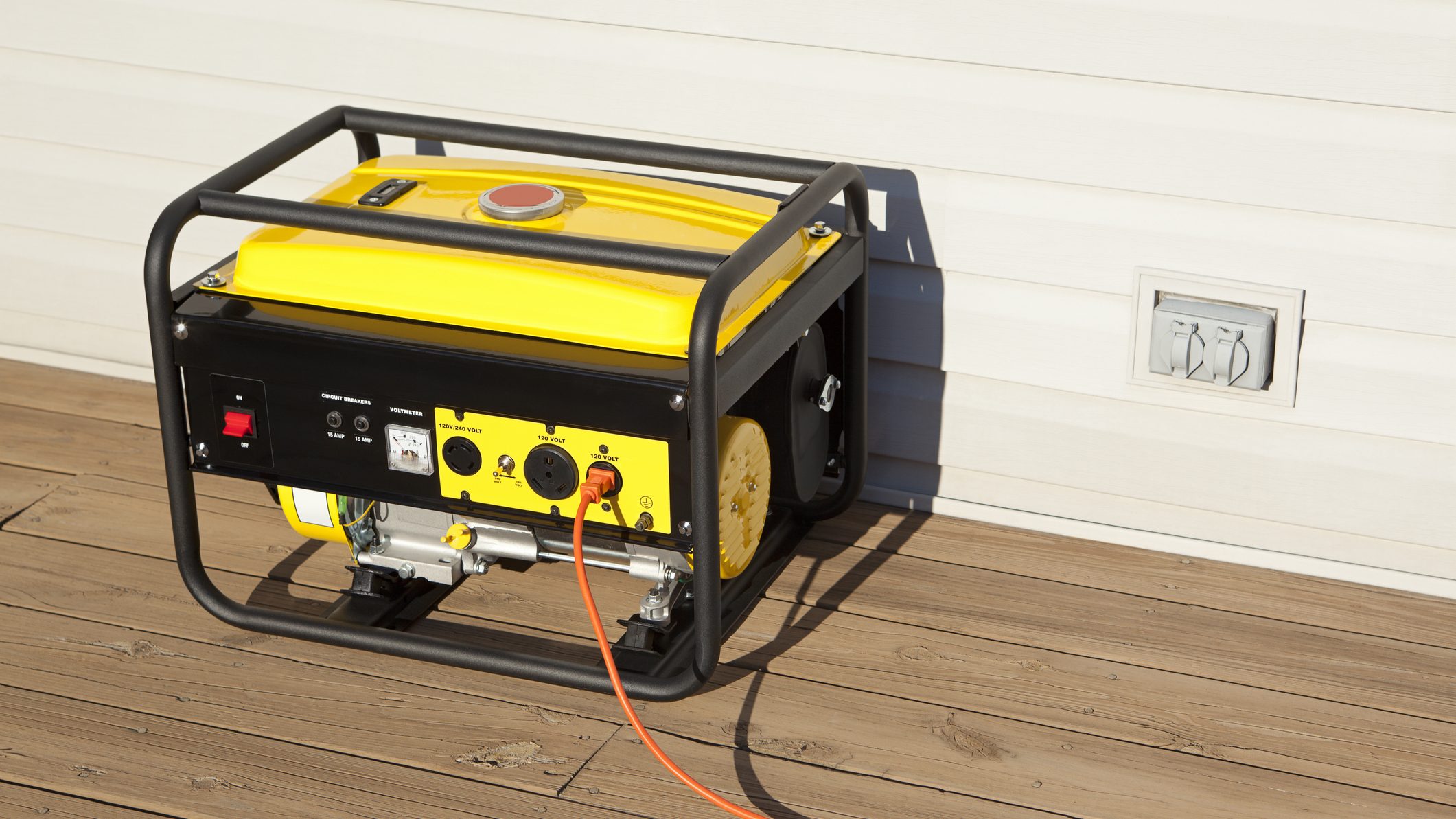
While you can go with a petrol generator, which is quieter than some other options, it can only be used outdoors and is highly flammable. Other types of portable generators use diesel and even solar energy. Diesel portable generators are meant to be cheaper and more efficient than petrol ones but at the risk of releasing more harmful emissions and being very noisy. Meanwhile, solar portable generators are more expensive and have a lower power outlet, but some can be used inside your home.
From there, you’ll need to check how big the fuel tank is, since that’ll affect how many hours your generator will last in conjunction with how quickly it consumes the fuel. Most tend to run for up to nine hours even with a 50% load.
Lastly, pay attention to certain features such as automatic shut-off and a low oil shut-off option. Both are important for ensuring your generator’s lifetime value.
If the fuel in your portable generator drops down to zero and doesn’t possess a shut-off feature, then it’ll likely continue to run and ruin your engine.
Meanwhile, automatic shut-off is very important in case your generator overheats. A fuel gauge couldn’t hurt too, so you can always double-check when you need to fill up next.
Things to keep in mind before committing to a portable generator
Now that you know the basics, there are a few safety notes we want to pass on before you take the leap and buy one. As we’ve covered, most portable generators run on petrol (and occasionally diesel), which is harmful to the environment. While there are some portable generators that run on solar energy, they’re quite rare and often don’t offer enough wattage to power all of the appliances you need.
If you do choose to buy a portable generator, keep in mind where you intend to install it. Almost all generators should be kept out of enclosed spaces, therefore you can’t use them inside your home. It is advised to keep them 20 feet away from your house, with the direct exhaust aimed away from it. This is because generators emit fumes, which are dangerous if inhaled.
We advise chatting to your local electrician to work out where is the best place to keep your generator on your property. Your electrician can also help you install a transfer switch, which allows you to connect your portable generator to your power supply. While portable generators don’t require one to be used (especially if camping or doing any other recreational activity), it’s recommended for domestic or business use.
While you can make do with a bunch of extension cords to feed power into your house, keep in mind you run the risk of it overheating and presenting a fire hazard. At least with a transfer switch, an electrician can safely install it and explain to you how to switch it on whenever the need strikes.
Best portable generators under 2,500w
GenTrax Inverter Generator 2KW Max Rated Pure Sine Portable Camping – now $539 (RRP $1,499)
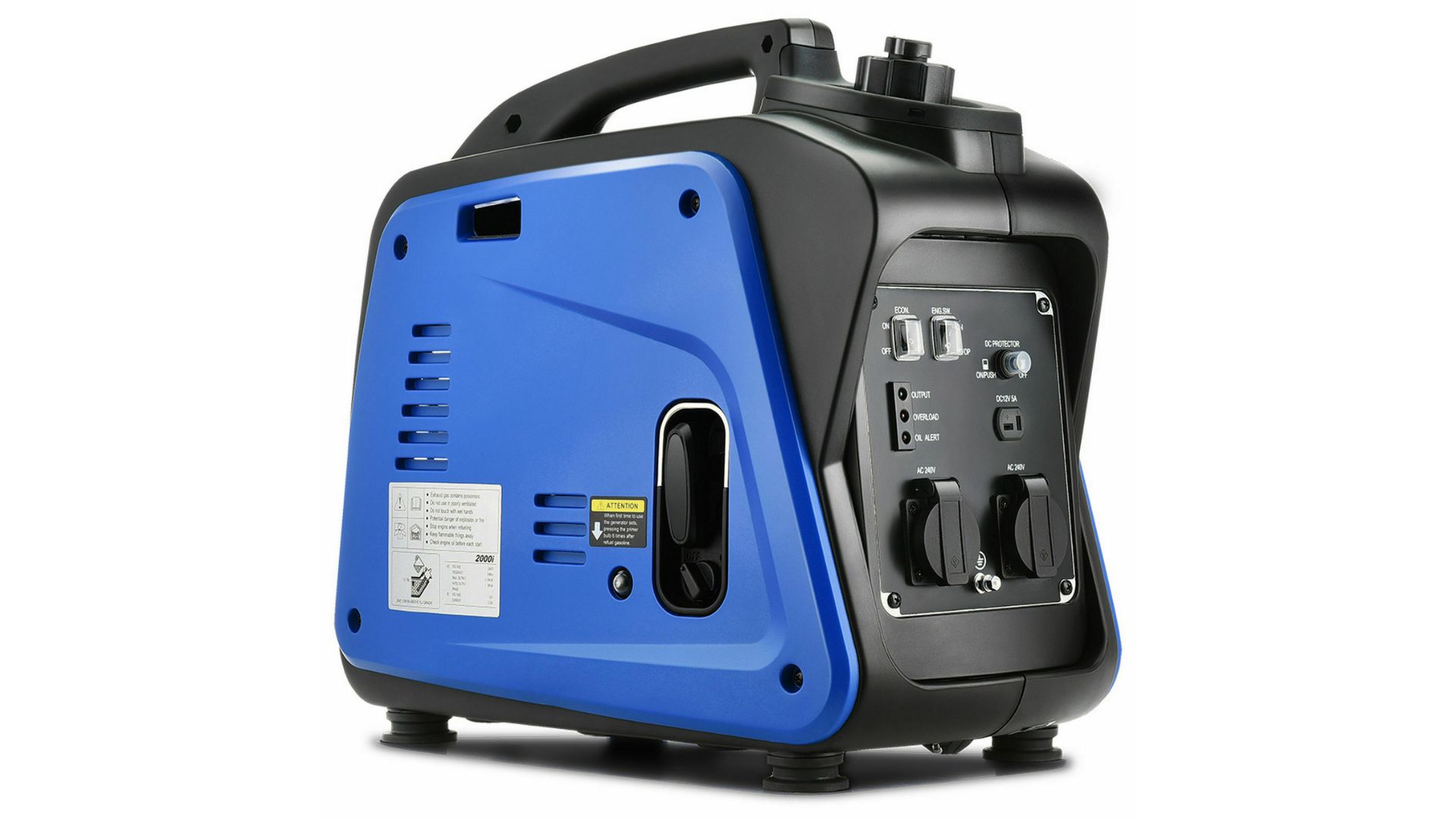
- Super quiet 58dB
- Max output 2,000-3,000 watts
- Weighs 18.5kg
- Petrol only
- Can start most air conditioning units
- Comes with Economy Mode for further fuel efficiency
- Low oil and overload protection
- Easy pull start switch
- 2x 240V outlets, each with 15Amp output
- 4.5 litres fuel capacity
- 9 hours of continuous output
Cromtech 2400w Inverter Generator – now $1,025 (RRP $1,170)
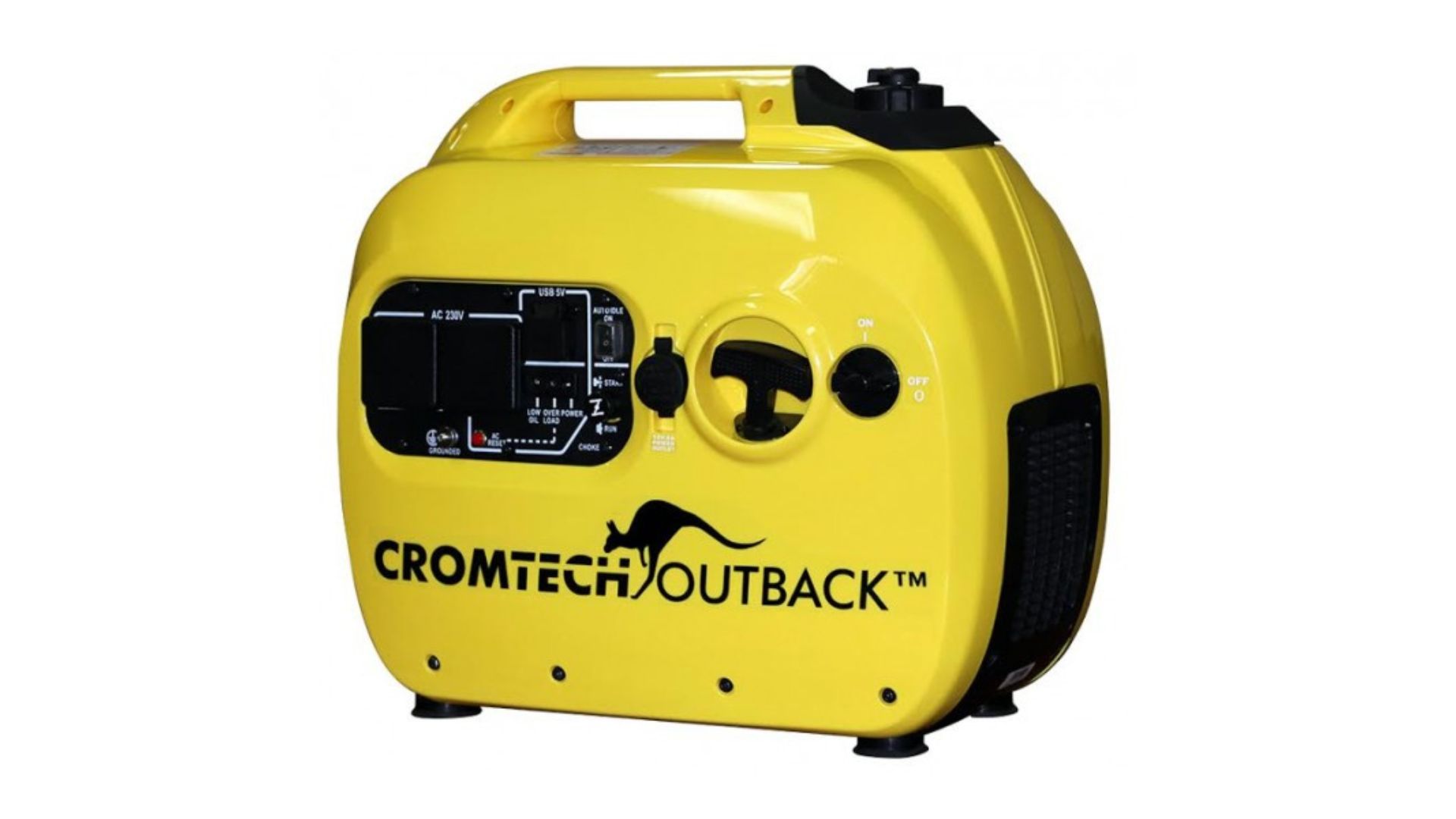
- Maximum output 2,400 watts
- 2x 15 Amp outlets
- 2x USB (5V) charging outlets
- Low oil and overload alarm
- Eco-mode
- Weighs 20kg
- Very quiet 52-59dB
- 5L fuel tank
- Petrol only
- From 5 to 20 hours of continuous output
- 12 volts DC charging
- Comes with free dust cover
GenTrax Inverter Generator 2KW Max Pure Sine Portable Camping RV – now $469 (RRP $999)

- Weighs 16kg
- 3L fuel tank
- Easy pull start
- Max output 2,000w
- Petrol only
- 1x 15A 250V socket
- Adjustable choke
- Built-in eco mode
- Low oil shut-off and overload protection
- Super quiet 58dB
- 3 hours of continuous output
- Comes with an additional funnel, dust cover, cigarette lighter, wiring harness, spark plug socket and screwdriver
Best portable generators with 2,500w to 4,000w
GENTRAX 3.5KW Pure Sine Wave Petrol Inverter Camping Generator – now $789 (RRP $1,999)
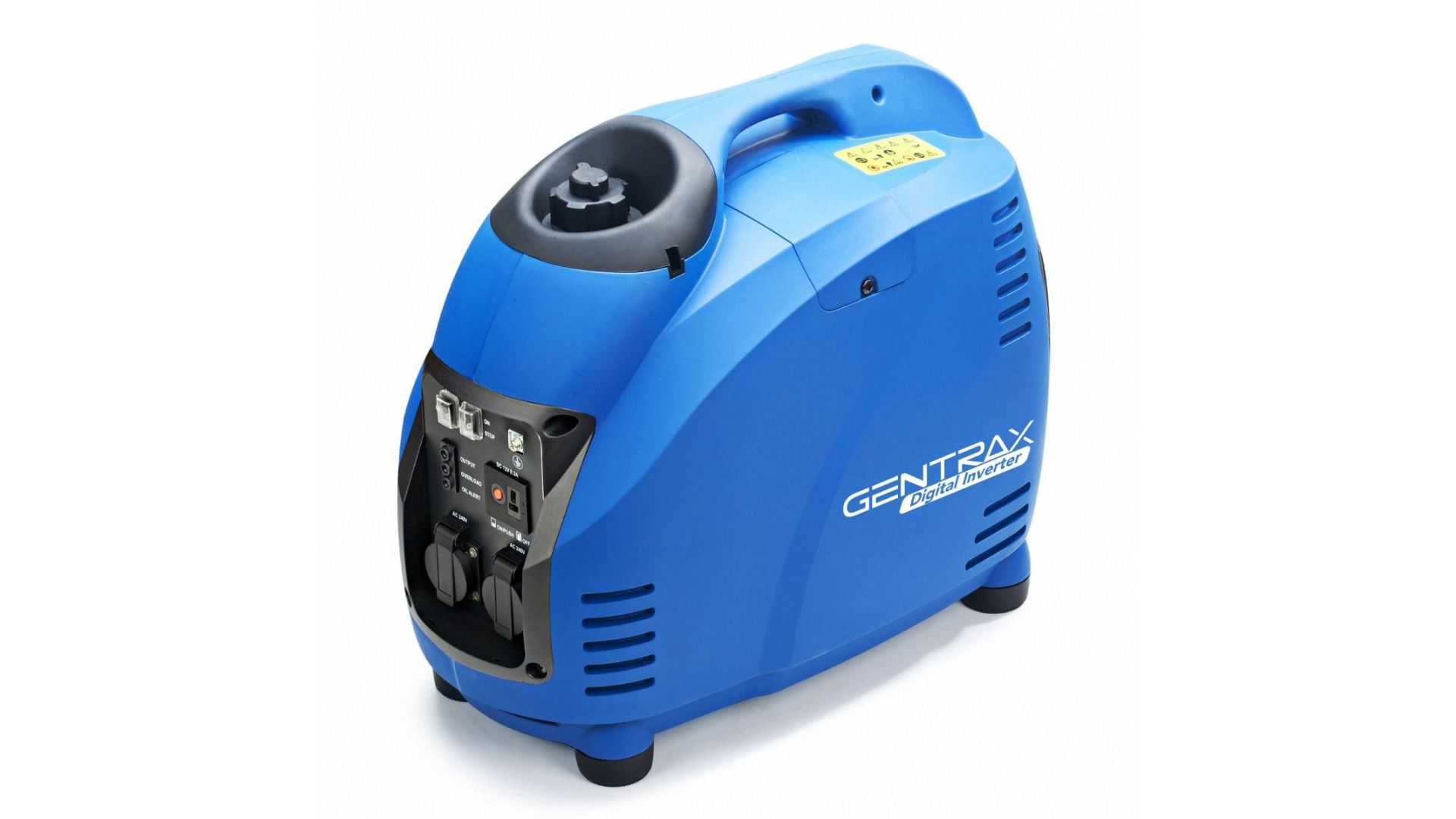
- Max output 3,100 to 4,000 watts
- 8 hours continuous output
- Petrol only
- 5.7L fuel capacity
- 58dB
- Comes with computerised overload protection
- Economy mode available
- Features Low oil/tip over protection
- Weight 28kg
- 2x weather-proof 15Amp AC outlets and single “T” DC Type outlet
Yamaha 2.4KW Inverter Generator Pack – now $2,775 (down from $3,118)
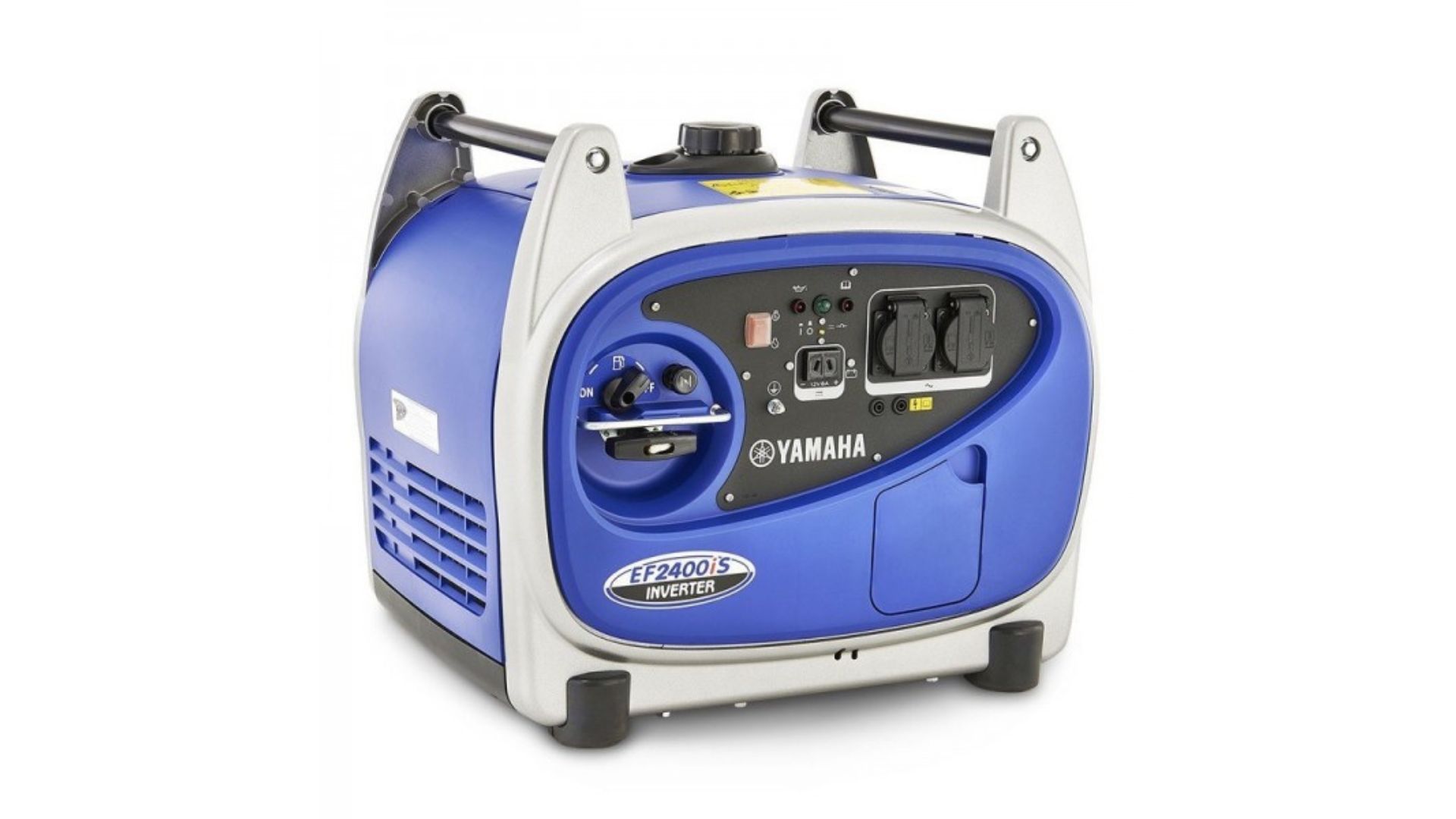
- Maximum output of 2400 watts
- Super quiet at 53dB
- Petrol only
- Can run for 9 hours at a quarter load
- Features Twin Tech capability, can hook up another generator to increase total wattage
- Comes with fuel meter gauge and pilot lamp
- Oil level warning system and overload warning
- Economy mode
- Electronic circuit breaker system for safety
- 1x AC plug and 1x DC charging cord
- Auto-decompression system for easier start-up
G

- Maximum output 2,000 to 3,000 watts
- 4.5L fuel tank
- Petrol only
- Comes with low oil and overload protection
- Dual 240w outlets
- Duel USB outlets with fast 2.1A
- Quiet 61dB at half load
- Weighs 25kg
- 3 hours run time (6 hours at 50%)
Best portable generators with 5,000w or more
Genetrax 6KW Pure Sine Wave Inverter Petrol Generator – now $2,099 (RRP $3,999)
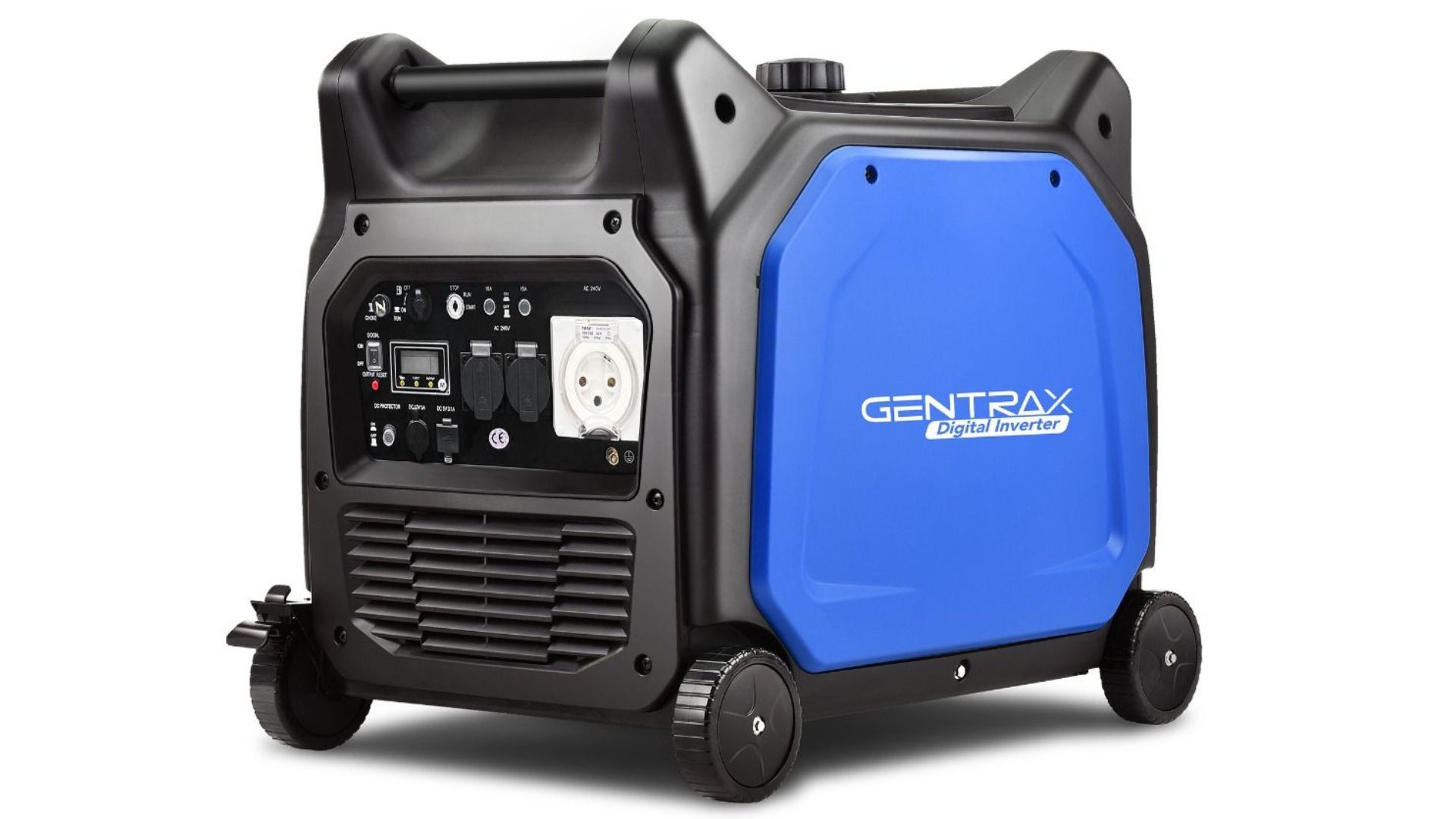
- Maximum output 6,000 watts
- Key and remote start
- LCD display for output and running time
- Quiet 62dB
- Weighs 90kg
- Petrol only
- 18.5L fuel tank
- Low oil and overload protection
- Economy mode
- Features 2x 15 Amps outlet and 1x 30 Amps outlet
- 4 hours and 30 minutes continuous output
Briggs & Stratton 6500w inverter generator – now $3,495 (RRP $3,999)
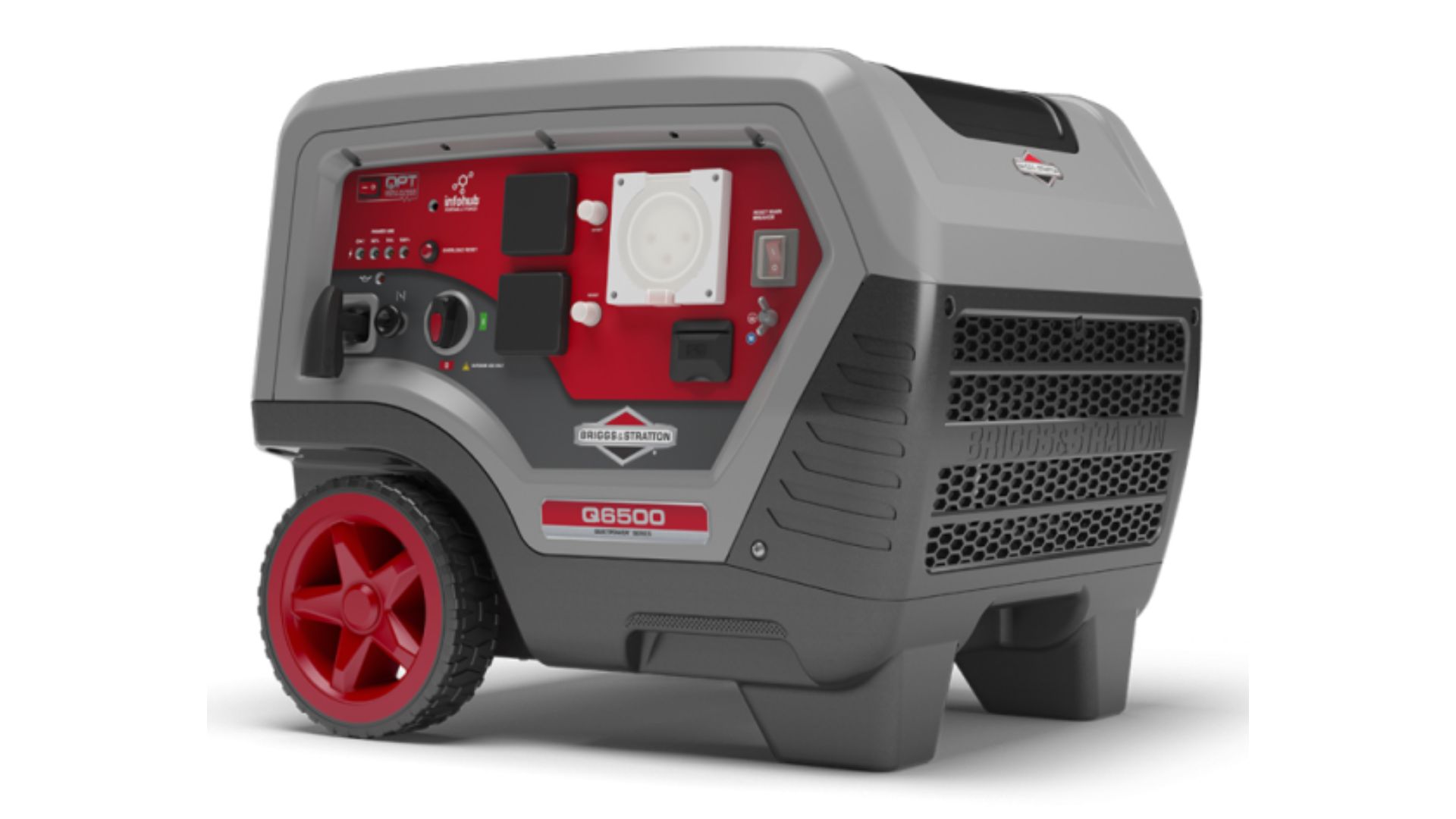
- Maximum output 6,000 watts
- 18.9L fuel tank
- Can run for 14 hours at 25% load
- Weighs 64kg
- Easy to start
- 25%, 50%, 75% & 100% Load Display lights for easy monitoring
- 1x 230V and 2x 230V outlets
- In-built fuel gauge
- Bluetooth enabled with Android/Iphone app for monitoring of fuel, run time, servicing and online user manuals
- Variable RPM engine automatically adjusts to wattage needs
